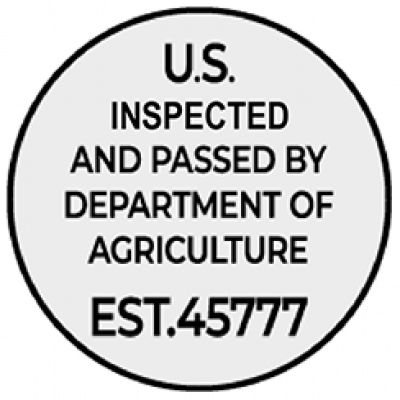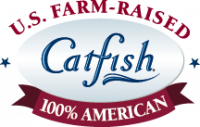Catfish is one of the most popular fish for consumption, and catfish farming is the leading aquaculture industry in the United States according to Mississippi State University Extension’s Agriculture and Natural Resources program. But why do people eat catfish? Have you ever wondered about the origin of catfish or how it became an integral part of seafood dishes and recipes, especially in the South? To get a better idea of how and why catfish is a huge part of seafood cuisine, let’s investigate the origin of catfish and what the commercial catfish industry looks like today.
Origin of Catfish
The Mississippi Encyclopedia shares that Native Americans were the first to incorporate catfish in their diets in the South. When Americans of African and European descent migrated to North America, they also adopted the habit of eating catfish. Catfish are omnivorous, consuming high levels of protein and plant matter, which results in wild catfish having a strong, distinctive flavor. Due to the strong taste, catfish were only cooked by breading them in cornmeal and frying them in hot grease in an iron skillet. Sound familiar? Frying catfish has been practiced for quite some time and remains the most popular way to enjoy the fish and has become integral to southern culture.
For decades, people living in southern states have continued to incorporate catfish into their diets. Of the approximately 2,000 catfish species worldwide, nearly 25 species inhabit the U.S., and more than a dozen are native to the South. Channel catfish were originally found only in the Gulf States and the Mississippi Valley north to the prairie provinces of Canada and Mexico according to Channel catfish are now recognized throughout the United States, and even globally, as one of the most popular commercially cultured fish.
History of Catfish Farming in the Mississippi Delta
While propagating channel catfish began in the late 1920s, the industry started in southern states in the late 1950s. Mississippi History Now outlines the important role the Mississippi Delta played in catfish farming since the 1960s. In fact, Heartland Catfish Company sources a select supply of their catfish from the Mississippi Delta. During this time, farmers began selling directly to supermarkets, restaurants and other retail outlets which led to the use of brokers to stun, behead, gut, fillet and freeze fish in the 1970s. Over the next several years, consumer demand significantly increased which led to the introduction of automated catfish filleting. This industry development resulted in faster product production to meet the needs of consumers. As the industry became more and more established, it not only benefitted farm owners and workers but also created job opportunities where the rate of poverty and unemployment was high.
Mississippi State University was the first to research catfish feed and the nutritional requirements that would allow catfish to grow successfully. The research conducted helped increase catfish production and investigated the earthy distinctive flavor that catfish was known to have. Today, catfish producers have a better understanding of the nutritional requirements needed to produce their catfish to meet industry demand. Heartland Catfish feeds their fish a high-protein, grain-based floating feed that gives them their signature mild and sweet flavor, a preference among consumers.
Commercial Catfish Industry Today
Despite its roaring popularity in the 60s and 70s, the catfish industry could not be more popular than it is today. Historically, catfish was viewed as the “poor man’s fish,” but throughout the years the beloved fish has gained immense popularity due to its preparation ease, taste and nutritional value. Mississippians continue to enjoy catfish and in recent decades have led the initiative to educate consumers across the country regarding product awareness and how to enjoy catfish.
Heartland Catfish Company has been raising and processing catfish since the mid-1990s. Heartland is committed to providing retailers, buyers and distributors with the highest quality and flavorful U.S. Farm-Raised Catfish. Heartland Catfish Company was founded on legacy and is proud to continue meeting the high standards set forth by our founder, William Tackett. For more information on Heartland’s catfish visit Our Catfish page.
RELATED CONTENT:





